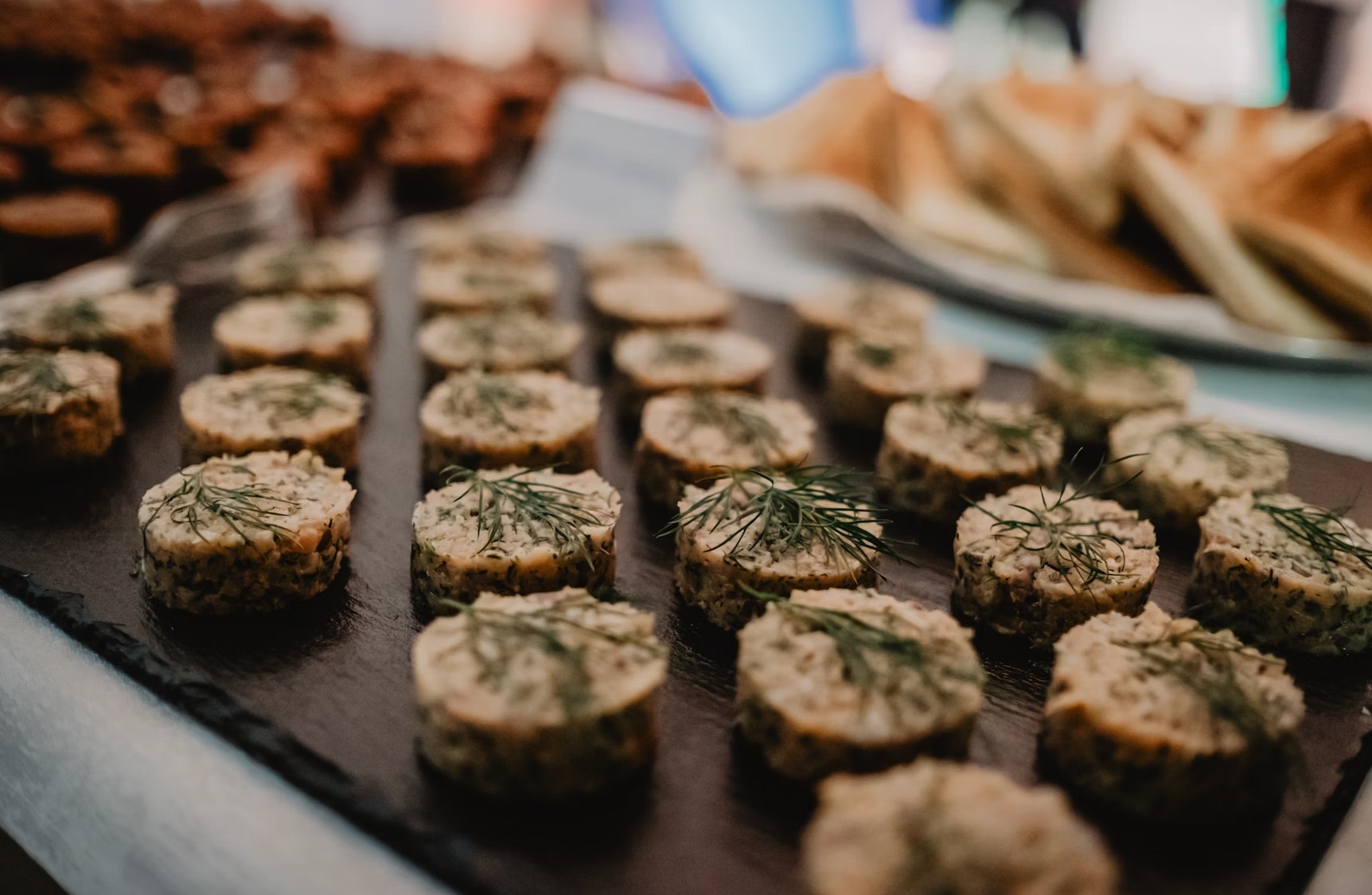Choosing the right wine can turn a wedding meal from ordinary into memorable. Each pour has the potential to complement the food in front of your guests, creating a dining experience that feels polished and well thought out. When flavors in the glass work with flavors on the plate, it adds an extra layer of enjoyment that people will talk about long after the celebration ends. Here are a few helpful ideas to guide wine pairings for a wedding menu.
Balance Matters Most
When pairing wine and food, balance should come first. The body and intensity of the wine need to match the dish. A crisp, refreshing white like Sauvignon Blanc works beautifully with chicken, seafood, or lighter salads. Its brightness makes fresh dishes taste even livelier. For heavier entrées such as steak, lamb, or slow-cooked stews, a bold red like Cabernet Sauvignon is the better choice. Its tannins and depth of flavor meet the richness of the meat head-on, creating harmony on the palate.
Using Contrast to Your Advantage
Sometimes, pairing is about contrast rather than similarity. A wine with bright acidity can cut through rich or fatty foods, cleansing the palate and preparing it for the next bite. Take Pinot Grigio, for example—it balances dishes like creamy pastas or smoked salmon, keeping them from feeling too heavy. That interplay between richness and freshness makes each bite more enjoyable.
Complementary Flavors
On the other side of the spectrum, complementary flavors bring food and wine together in a seamless way. A Chardonnay with notes of pear and apple fits perfectly with roasted pork topped with apple chutney. By echoing flavors already present in the dish, the wine amplifies what’s on the plate, creating a satisfying sense of unity.
Planning the Flow of the Meal
Wine pairings work best when they follow the flow of the meal. Start with lighter styles, then move toward fuller-bodied options as the menu progresses. Sparkling wine or a crisp white is a great opener for appetizers. A medium-bodied white or light red works nicely for the main course. Then, close with a richer red or a sweet dessert wine that pairs with the final dish. This progression keeps flavors building without overwhelming the palate.
Finishing on a Sweet Note
Dessert wines add a final touch of elegance. A late-harvest Riesling or a Port pairs beautifully with chocolate desserts, fruit tarts, or cheese platters. Their sweetness complements the final course, wrapping up the meal in a way that feels celebratory and complete.
Final Thoughts
Wine pairings don’t have to be complicated, but they can make a wedding dinner shine. From balancing bold reds with rich meats to pairing delicate whites with fresh, light courses, thoughtful combinations bring out the best in both food and wine. With a little planning, you’ll create a menu that flows naturally and leaves your guests with a lasting impression—one where every sip and bite feel perfectly in step with the celebration. For more on this, check out the accompanying resource from Running Hare Vineyard, a vineyard wedding destination.

